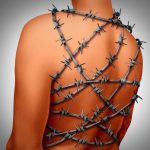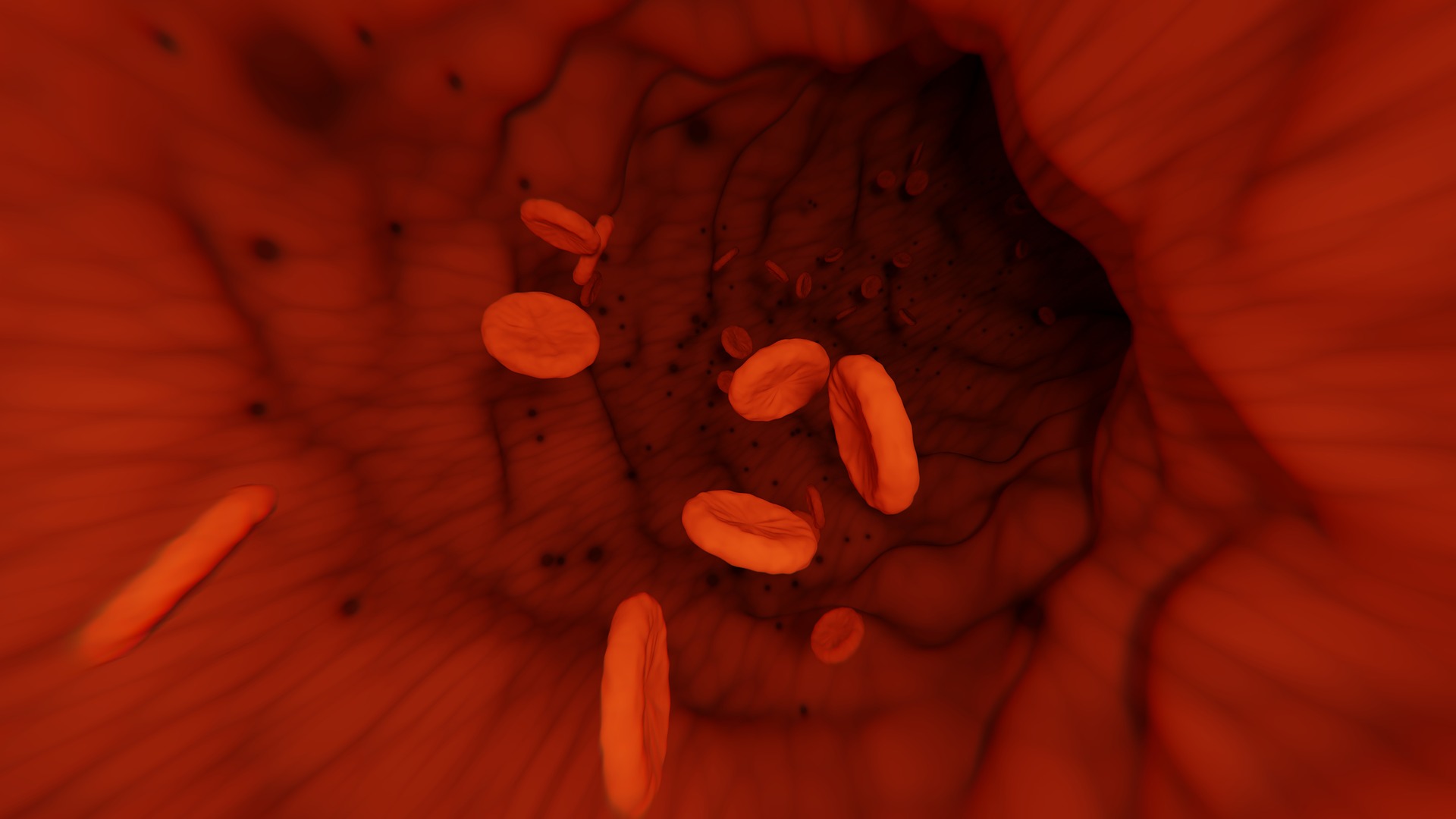
Cytokines are cell signaling molecules that help with cell to cell communication in immune responses. They stimulate the movement of cells towards sites of inflammation, infection and trauma such as tissue damage. They are called immunomodulating agents or agents that modulate or alter the immune system response. The cytokines are classic regulators of both the innate and adaptive immune response.
The term ‘cytokine’ comes from two Greek words. ‘Cyto‘ means cell and ‘kinos‘ means movement.
Cytokines are molecules recognised by all the major cell types involved on inflammation such as macrophages, lymphocytes, granulocytes, fibroblasts, mast cells and endothelial cells.
These components occur as peptides, proteins and glycoproteins which are proteins with sugar groups attached to them. There is a large class of molecules in this family and they are classified a number of ways because at the moment there is no unified classification system. We have come across many types in our discussion relating to the activities of plant extracts which modulate cytokine activity and their production. Examples are interleukin and interferon which have often been regulating the immune system’s response to inflammation and infection.
Cytokines Are Not Hormones
At the present time, there has been a debate raging as to whether cytokines are not in fact types of hormone. Hormones are proteins which circulate in the bloodstream in nanomolar concentrations. There is very little difference in their concentration levels when produced at any one time. The cytokines however are produced in extremely small concentrations – picomole levels during non-challenging times. As soon as there is infection or inflammation, there is an increase in concentration of cytokines about 1000x.
The hormones are secreted from discrete glands such as the pancreas which secretes insulin.
The cytokines also have a much larger distribution of sources for their production. Nearly all cells have a nucleus with genetic material capable of producing interleukin 1 (IL-1), interleukin 6 (IL-6) and the tumor necrosis factor alpha (TNF-α). The cells most closely associated with producing cytokines are epithelial cells, endothelial cells and various resident macrophages.
Cytokines also exert systemic as well as local effects. This aspect adds to the difficulty of distinguishing a cytokine from a hormone. The cytokine can influence the same cell it was produced by, other cells in its vicinity, and in keeping with its endocrine function, produce effects all over the body. Fever is a good example of this type of behaviour.
Receptors For Cytokines
There are 5 major receptor families for cytokines. They are:-
- the chemokine receptor family
- immunoglobulin superfamily
- hematopoietin receptor family (class 1)
- interferon receptor family (class 2)
- TNF receptor family
The Class I and II receptor families form the major bulk. they are multimeric protein receptors. When cytokines bind with them, there is tyrosine phosphorylation.
Cytokines Regulate The Immune response
Cells with the appropriate receptors are activated. This leads to differentiation, an expression of receptors which makes them more receptive to other cytokines and also stimulates secretion of other cytokines.
The Chemokines (Chemotactic Cytokines)
The chemokines are small protein molecules that are produced by the cells of the immune system. Their main role is to act as chemo-attractants. This induces the migration of immune cells to an infection site so they can target and destroy invading microbes. An example would be the chemokines which attract macrophages to the site of inflammation and include CCL2 and CCL3.
Their are four main classes or subfamilies:
- XC
- CC
- CX3C
- CXC
Interferons
The interferons are proteins that are released when cells are infected by viruses in vivo. They interact with uninfected cells which makes them more resistant to viral infection. They are an important element in our armory to fight off viruses. They not only interfere with virus replication but also modify our immune response. They do not interact directly with viruses and their actions are not specific to any particular virus but are general.
There are three types of interferon. No. 1 is the alpha-interferon which is produced by both monocytes and B-lymphocytes. No.2 is the beta-interferon which is produced by epithelial cells and fibroblasts and finally no. 3 which is gamma-interferon and produced by T-cells.
The alpha and beta-interferons are produced when cells are infected with virus. On the other hand, gamma-interferon is produced by T lymphocytes when they are activated by antigens.
The interferons are glycoproteins with a molecular weight between 10 and 40 kDaltons. They have good heat resistance even to 60 ºC at 30 minutes or slightly cooler when heated for 60 minutes. That is a useful property when extracting and purifying them. They cannot be dialysed because of their size nor do they form precipitates which means that centrifugation is based on density-separation.
Interferons show excellent pH stability between 2 and 10.
The synthesis of interferons begins within one hour of induction and reaches 12 hours to achieve maximum activity. If the body temperature is raised up to 40°C then production is significantly increased which fits with the idea of fever to raise body temperature and boost interferon production. Synthesis is inhibited by steroids and raising oxygen levels.
Proteases degrade them but not lipases or nucleases which illustrates their protein nature. Interferons in themselves show no antigenic response and are not toxic to the body. They are ideal molecules for use as prophylactics and for the treatment of viral infections
Interferons are used medically to treat a range of conditions caused by viral infection such as warts and genital warts, keratitis and respirator infections including COVID-19. Alpha-interferon is now used to treat various haematology disorders including hairy cell leukemia and chronic leukemia. Interferon has also been used as an adjuvant therapy for the treatment of breast carcinoma.
Administering interferon also offers resistance to intracellular infections from malaria, toxoplasmosis and chlamydia.
The Tumor Necrosis Factor Family
This group of cytokines are also called the cachexins or cachectins. They have been described as superfamily where they are regarded as essential cytokines in the signaling cascade.
We tend to discuss the tumor necrosis factor (TNF) family as a single entity. The first TNF was identified in the late 1970s where it was recognised as a cytokine that was able to suppress the proliferation of tumor cells and even cause tumors to regress.
TNFs are mainly produced by activated macrophages although a number have also been isolated from cell types including lymphocytes, CD4+, NK cells, mast cells, eosinophils and neutrophils.
One of the most important is TNF which can induce fever, induce apoptosis, inflammation, cachexia as well as inhibit tumor growth (tumorigenesis) and viral replication.
Septic shock for example is mediated in part by TNF. It is an important endogenous pyrogen which together with interleukin IL-1 causes changes in blood cells. A local increase in concentration of TNF is responsible for various symptoms and signs of inflammation such as pain, localised heat, swelling, redness and loss of function.


Leave a Reply